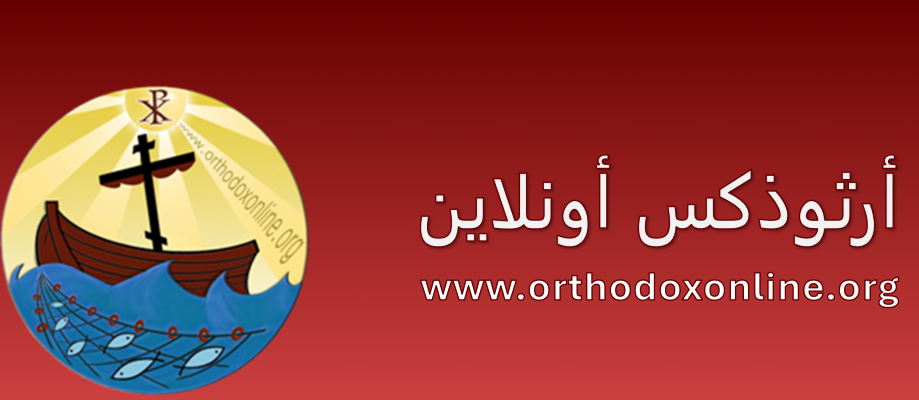The Epistles of Saint Paul the Apostle are works that emerged from circumstances, written over a period of fifteen years (between the years 51 and 66), in which he answered the questions of the newly established churches and confronted some specific deviations, whether they were doctrinal or moral deviations, thus completing his oral preaching.
في الآداب الشرقية القديمة فن خاص معروف بفن ” الرسالة” نجده على السواء في العهد القديم موجّهة خصوصا من الملوك والانبياء (الملوك الاول 21: 8-10، الملوك الثاني 5: 5-7، 19: 14، 20: 12، ارميا 29: 1) وفي الآداب المصرية او البابلية او الهيلينية. تبدأ الرسالة بذكر اسم المرسِل يتبعه اسم المرسَل اليه الرسالة, ثم يأتي فعل الشكر(وهو عبارة عن صلاة وجيزة للآلهة), وبعد ان يقوم المرسل باللياقات يعالج المواضيع التي يريد معالجتها، وتنتهي الرسالة بالتمنيات والسلامات. هذه هي الطريقة التي اتبعها بولس في تدوين رسائله بعد ان صبغها بصبغة مسيحية. وعلى حسب العادة القديمة ايضا, لم يكتب بولس رسائله بيده ولكنه أملاها على كاتب رافقه, ومن ثم كان يرسل الرسالة الى الكنيسة بواسطة شخص يثق به.
تكوِّن كتابات بولس الرسول الجزء الاكبر من كتب العهد الجديد, وهي كتابات متجانسة مع مجمل فكره ورسالته والعقيدة المسيحية, ينطلق فيها من واقع الحياة بعد ان يلقي عليه ضوء البشارة الجديدة. المناقبية التي يتحدث عنها لا يبنيها على أسس فلسفية ولكن على الايمان بالله, فالله بالنسبة اليه هو الذي يؤسس التصرفات الخلقية والعلاقات بين البشر.
وجّه بولس مؤلفاته الى الجماعات التي كانت تجتمع لإقامة سر الشكر(القداس الالهي)، وكان المجتمعون يتلونها في اجتماعاتهم. توحي الرسالة الى كنيسة كولوسي (4: 16) بان الكنائس التي كتب اليها الرسول كانت تتبادل رسائله في ما بينها، وتجعلنا نعتقد ان بعض رسائله قد ضاع(انظر ايضا 1 كورنثوس 5: 9). في نهاية القرن الاول ظهرت مجموعة قانونية لرسائل بولس يشير اليها كاتب رسالة بطرس الثانية (3: 15- 16) وايضا القديس اغناطيوس الانطاكي في رسالته الى اهل افسس (12: 2). ترتيب الرسائل في العهد الجديد يعود عموما الى طول الرسالة، والرسائل الموجّهة الى الكنائس تسبق في الترتيب الرسائل الى الاشخاص.
Paul wrote the two letters to the Church of Thessalonica around the year 51. They were the first complete text among the texts of the New Testament. In them, the Apostle addresses the major topics of evangelism and lives in hope that Christ will come quickly. True faith is based on Jesus, risen from the dead, whose life is active in us today and is stronger than sin and death.
The two letters to the Corinthians, and the letters to the churches of Galatia, Philippi, and Rome, were written by the Apostle around the year 56-58. The central issue in these books is man's justification (how does man become righteous?) and his salvation. There is no doubt that man is justified by faith in Jesus Christ as Lord and Savior. If a person is united with Christ through baptism, he passes from death to life. Salvation, then, is not achieved by the works of the law, but rather in Jesus Christ, crucified and risen from the dead, who is always present in his church through his Holy Spirit working in it through his word and sacraments.
الرسالتان الى كنيستي كولوسي وافسس والرسالة الى فيلمون كتبها حوالي 61-63,ارسلها بولس وهو سجين في رومية, ولذلك تدعى هذه الرسائل ” رسائل الأسْر”. ما يكشفه في هذه المرحلة هو المكانة التي يحتلها المسيح في الكنيسة والتاريخ والعالم. ففي المسيح, تصالح العالم كله مع الله ذلك انه الابن الذي حلّ فيه كل ملء اللاهوت جسديا, وبه وله خُلق كل شيء, وتستمد حياة العالم منه معنى جديدا. يرى بولس (او واحد من تلاميذه) في هذه الرسائل ايضا ان بناء الكنيسة عمل لا نهاية له, فالجسد (وهو صورة للكنيسة) دائم النمو, والرباط بين العريس والعروس (وهو صورة اخرى للكنيسة) هو رباط حي لا يعرف الجمود.
Paul wrote the pastoral letters (the letter to Titus, and the first and second letters to Timothy) before the year 67, or a disciple wrote them after his death, dealing with his spiritual will. The concern in these books is one: organizing the churches and keeping the deposit of faith upright. Thanks to the songs I mentioned, these letters enable us to unite in the praise of the early church (Timothy 2:5-6, 3:16, 6:15-16, 2 Timothy 2:8-13).
The Epistle to the Hebrews is in fact a sermon (13:12) written by a disciple of the Apostle around the year 70 and addressed to some Christians of Jewish origin who had abandoned their initial enthusiasm and were longing for Jewish worship celebrations. The writer strengthens these brothers and calls on them to complete the journey of their faith, the content of which is Jesus Christ, the great priest, who entered the Holy of Holies once and for all, and opened the way to the world once and for all after he abolished all rituals with his saving sacrifice, which overthrew all the old barriers and sacrifices and granted forgiveness to the entire world.
The Apostle Paul is our leader if we read him in a comprehensive, personal and scholarly manner, and he is our guide to the depth of Christ’s thought
My parish bulletin
Sunday, March 31, 1996
Issue 13

